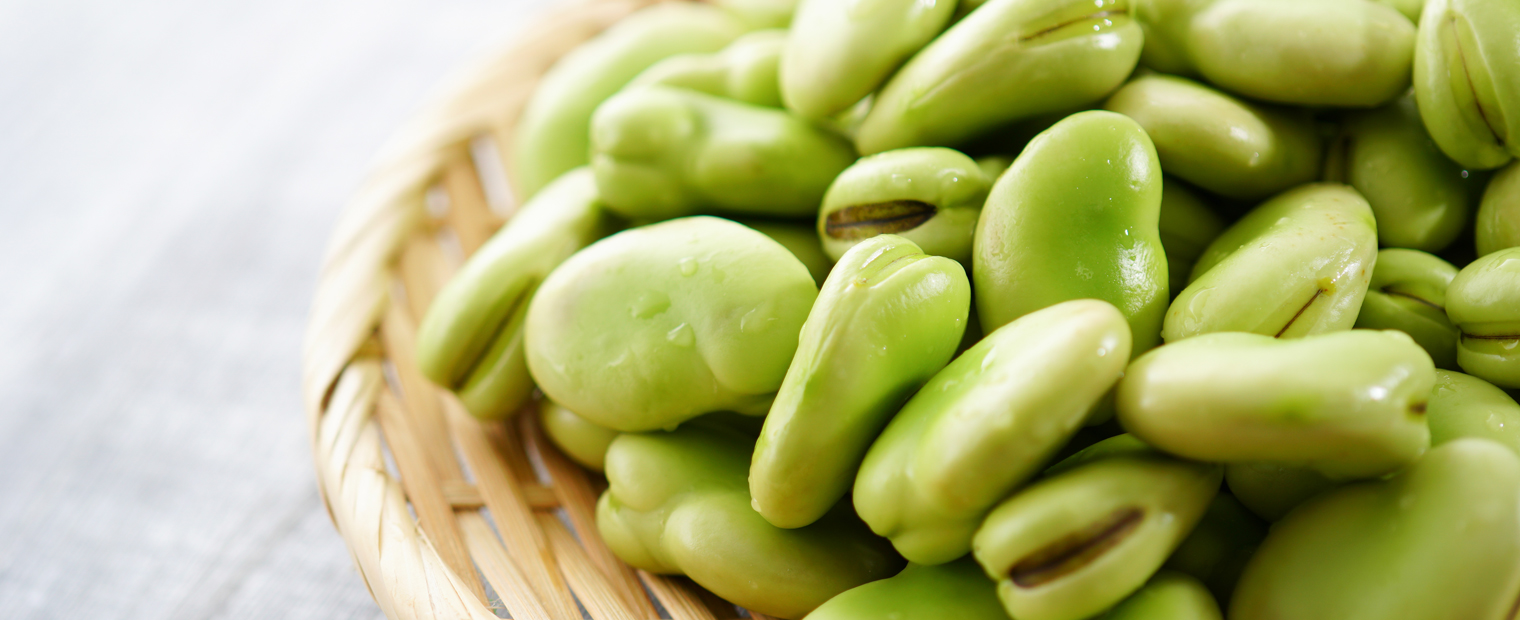Macco di fave is a dish included in the list of traditional Italian products by the Ministry of Agriculture and Forestry Policy. There are four versions: Calabrian, Sicilian, Sardinian, and Pugliese, all of which can be cooked both with fresh and dried beans. It is eaten at the end of the harvest as a symbol of good luck.

Macco and vegetables not to go too far outside the tradition
Macco di fave, for the less experienced, is a sort of soft puree accompanied by sautéed chicory, herbs, or turnips, according to the regional tradition. In Calabria, it is obviously common to pair it with tomato and chilli pepper, then seasoning it with grated pecorino cheese and drizzle of oil. Known locally by the name “favi a maccu” is obtained by undoing the beans that are reduced into a cream by letting it cook by itself. You can pair the dish with croutons, or, to obtain a rich and tasty first course, simply extend the fava bean cream with water and cook it with short pasta.
DID YOU KNOW THAT...?
It is said that the fava bean was considered a good omen: it was offered by the landowner to all the peasants at the end of the harvest to celebrate the end of their work together.
Fresh fava beans or dried? That is the question
Depending on the local tradition references, dried or fresh broad beans are preferred. It is understood that it also depends on personal taste and the season: in the spring, it is easier to make the macco soup using fresh beans bought from a farmer. During the year, instead, dried fava beans are preferred and left to soak overnight with salt and wild fennel and cooked in the same water the next day. Some grandmothers have claimed that only dried beans are necessary: try both versions, as your palate will tell you which is the best!
